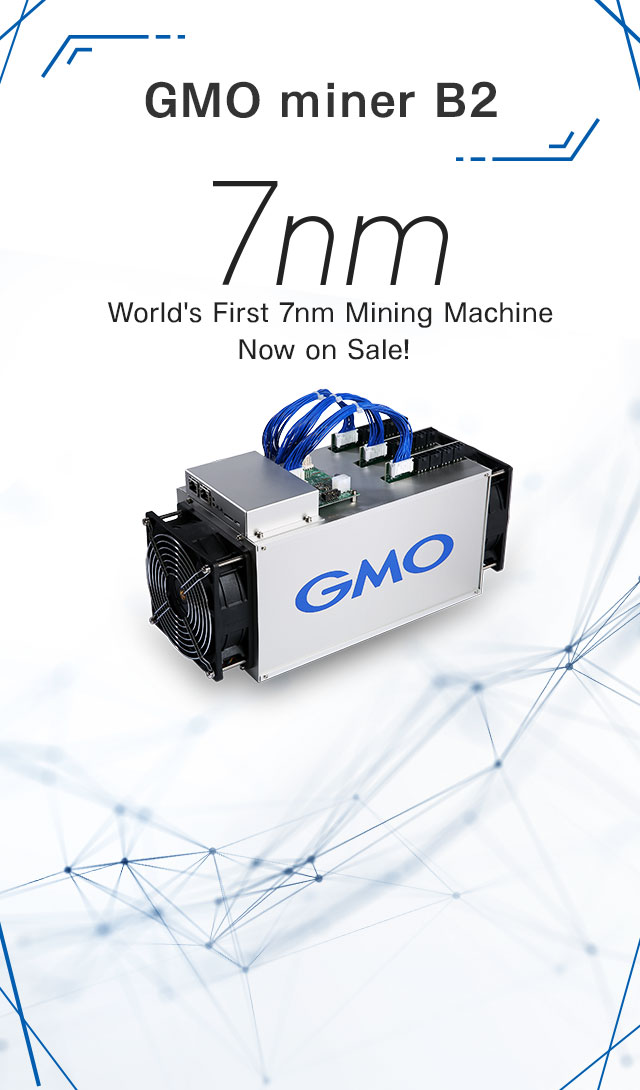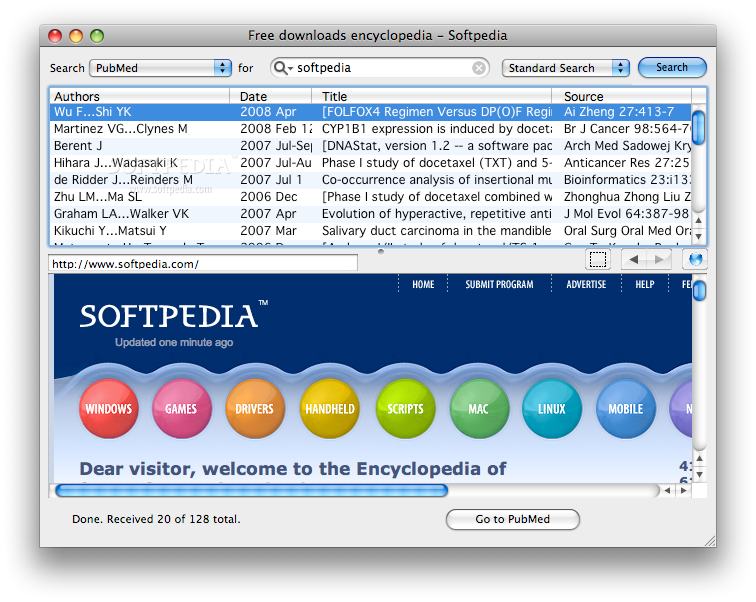- Reference Inertial Profiler
- Reference Material Define
- Mineral Reference List
- Reference Miner Free
- Reference Miner Excel
This guide covers the Lotus Miner configuration files, detailing the meaning of the options contained in them.
The Lotus Miner configutation is created after the initialization step during setup and placed in ~/.lotusminer/config.toml or $LOTUS_MINER_PATH/config.toml when defined.
SAS Enterprise Miner High-Performance Data Mining Node Reference for SAS 9.3, Third Edition PDF Running SAS Enterprise Miner 12.1 High-Performance Procedures in Alongside Mode Using SASHDAT Data PDF 7.1. Coal miners The term 'redneck' in the early 20th century was occasionally used in reference to American coal miner union members who wore red bandanas for solidarity. The sense of 'a union man' dates at least to the 1910s and was especially popular during the 1920s and 1930s in the coal-producing regions of West Virginia, Kentucky,. Noun Also called mineworker. A person who works in a mine, especially a commercial mine producing coal or metallic ores. A mechanical device used in mining: a miner for extracting ores from the ocean. A miner is a person who extracts ore, coal, or other mineral from the earth through mining. There are two senses in which the term is used. There are two senses in which the term is used. In its narrowest sense, a miner is someone who works at the rock face; cutting, blasting, or otherwise working and removing the rock.
Tom Miner: Pos: K, Career: 12 G, 73 Pts, 14 FGM, Steelers 1958, 1x FGM Leader, born OK 1932, died 1988.
The default configuration has all the items commented, so in order to customize one of the items the leading # need to be removed.
TIP
For any configuration changes to take effect, the miner must be restarted.
- Dealmaking section
# API section
The API section controls the settings of the miner API:
As you see, the listen address is bound to the local loopback interface by default. If you need to open access to the miner API to other machines, you will need to set this to the IP address of the network interface you want to use, or to 0.0.0.0 (which means 'all interfaces'). Note that API access is protected by JWT tokens, but it should not be open to the internet.
Configure RemoteListenAddress to the value that a different node would have to use to reach this API. Usually it is the miner's IP address and API port, but depending on your setup (proxies, public IPs etc.), it might be a different IP.
# Libp2p section
This section configures the miner's embedded Libp2p node. As noted in the setup instructions, it is very important to adjust this section with the miner's public IP and a fixed port:
The connection manager will start to prune the existing connections if the number of established crosses the value set for ConnMgrHigh until it hits the value set for ConnMgrLow. Connections younger than ConnMgrGrace will be kept.
# Pubsub section
This section controls some Pubsub settings. Pubsub is used to distribute messages in the network:

# Dealmaking section
This section controls parameters for making storage and retrieval deals:
ExpectedSealDuration is an estimate of how long sealing will take, and is used to reject deals whose start epoch might be earlier than the expected completion of sealing. It can be estimated by benchmarking or by pledging a sector.
WARNING
The final value of ExpectedSealDuration should equal (TIME_TO_SEAL_A_SECTOR + WaitDealsDelay) * 1.5. This equation ensures that the miner does not commit to having the sector sealed too soon.
# Publishing several deals in one message
The PublishStorageDeals message can publish many deals in a single message.
When a deal is ready to be published, lotus will wait up to PublishMsgPeriod
for other deals to be ready before sending the PublishStorageDeals message.
However once MaxDealsPerPublishMsg are ready, lotus will immediately publish all the deals.
For example if PublishMsgPeriod is 1 hour:
- At 1:00pm Deal 1 is ready to publish.
Lotus will wait until 2:00pm for other deals to be ready before sendingPublishStorageDeals - At 1:30pm Deal 2 is ready to publish
- At 1:45pm Deal 3 is ready to publish
- At 2:00pm lotus publishes Deals 1, 2 and 3 in a single
PublishStorageDealsmessage.
If MaxDealsPerPublishMsg is 2, then in the above example when deal 2 is ready to be published at 1:30,
lotus would immediately publish Deals 1 & 2 in a single PublishStorageDeals message.
Deal 3 would be published in a subsequent PublishStorageDeals message.
Note: If any of the deal in the PublishStorageDeals fails validation upon executation, i.e: start epoch has passed, all deals will fail to be published.
# Using filters for fine-grained storage and retrieval deal acceptance
Your use-case might demand very precise and dynamic control over a combination of deal parameters.
Lotus provides two IPC hooks allowing you to name a command to execute for every deal before the miner accepts it:
Filterfor storage deals.RetrievalFilterfor retrieval deals.
The executed command receives a JSON representation of the deal parameters on standard input, and upon completion its exit code is interpreted as:
0: success, proceed with the deal.non-0: failure, reject the deal.
The most trivial filter rejecting any retrieval deal would be something like:RetrievalFilter = '/bin/false'. /bin/false is binary that immediately exits with a code of 1.
This Perl script(opens new window) lets the miner deny specific clients and only accept deals that are set to start relatively soon.
You can also use a third party content policy framework like bitscreen by Murmuration Labs:
# Sealing section
This section controls some of the behaviour around sector sealing:
# Storage section
The storage sector controls whether the miner can perform certain sealing actions. Depending on the setup and the use of additional seal workers, you may want to modify some of the options.
# Fees section
The fees section allows to set limits to the gas consumption for the different messages that are submitted to the chain by the miner:
Reference Inertial Profiler
Depending on the network congestion the base fee for a transaction may grow or decrease. Your gas limits will have to be at any case larger than the base fee for the messages to be included. A very large max fee can however result in the quick burning of funds when the base fees are very high, as the miner automatically submits messages during normal operation, so be careful about this. It is also necessary to have more funds available then any max fee set, even if the actual fee will be far less then the max fee set. *MaxWindowPostGasFee is currently reduced, but the setting used should remain fairly high, eg. 2FIL.
# Addresses section
Reference Material Define
The addresses section allows users to specify additional addresses to send messages from. This helps mitigate head-of-line blocking for important messages when network fees are high. For more details see the Miner addresses section.
The Lotus Miner is a Filecoin miner implementation written by Protocol Labs.
This sections contains guides to setup and run succesful mining operations using Lotus and should be approached by advanced users only, familiar with how Filecoin works, how mining works and the operation of the Lotus Node.

WARNING
Mineral Reference List
Lotus Mining for mainnet has stringent minimal hardware requirements. Do not attempt this installation if your computer does not meet the minimum requirements.
# Getting started with Lotus Miner
Reference Miner Free
The following guides are essential starting points for those willing to launch a Lotus miner:
The miner installation is covered in the Installation guide. Once the installation is complete, the Lotus node, Lotus miner, and Lotus worker applications should all be installed.
The Miner setup covers all the details to configure your miner to achieve the maximum performance and avoid common pitfalls.
The Configuration reference explains what the different miner configuration options mean.
The Seal workers guide covers how to run additional seal workers co-located or not with the Lotus Miner.
Reference Miner Excel
We nevertheless recommend careful reading of every existing section and gaining as much background as possible before proceeding with a Lotus miner deployment.
